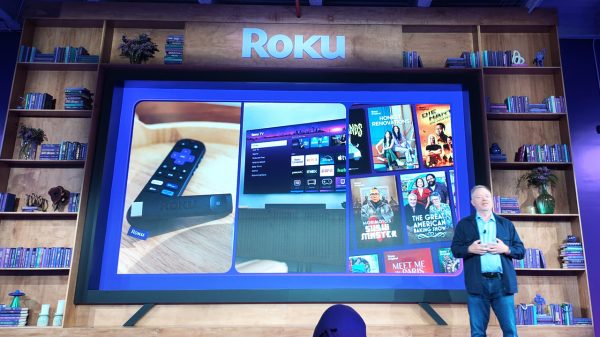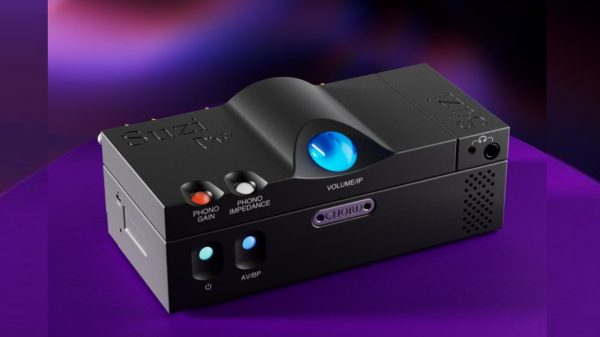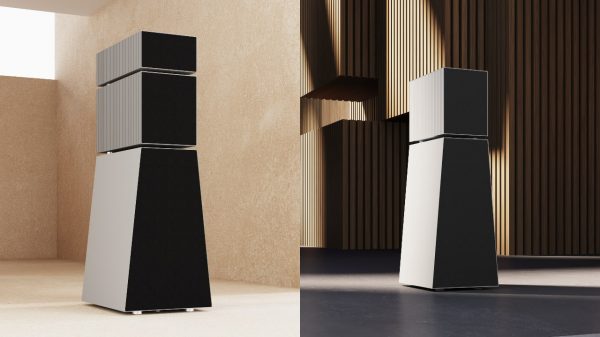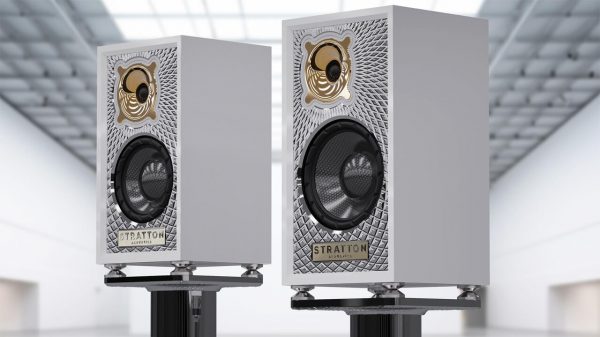Research and Markets has announced the addition of Multi-Megapixel Camera and Camcorder Phones–The End of the Beginning to their offering
Phones with the ability to take images, both still and video, have captured about 40% of the wireless phone market. Despite the products’ popularity, many camera phone users want higher resolution, the ability to use storage media, and many of the state-of-the-art features found in modern digital cameras.
These desires, plus the fact that many users already have a high-resolution digital camera, lead us to forecast that the North American market for camera and camcorder phones will peak in 2007.
In a companion report, we also found that dissatisfaction with picture quality is only one factor that is severely limiting sending or printing camera phone images.
This recent report found the following:
- The vast majority of users in the survey also use a high-resolution digital camera in addition to their camera phones. Only 3% of the respondents use their phone as their only digital camera.
- Most survey respondents indicated that they take fewer than 10 pictures with their camera phone each month.
- Fewer than 2% of respondents say they will consider a camera phone with less than 1 megapixel, while more than 50% say they would only consider a handset with more than 2 megapixels of resolution.
The report “Multi-Megapixel Camera and Camcorder Phones–The End of the Beginning” covers the market for wireless camera and camcorder phones. It contains forecasts for camera and camcorder phone shipments and revenues in North America through 2010. It also includes results of a consumer survey of wireless phone users on their use of and preferences regarding wireless camera and camcorder phones.
Summary
The ability to take pictures with a wireless phone hit the US market in 2002 and took off quickly. Consumers were attracted to the convenience of having an imaging device with them at all times. The business model for carriers centered on users displaying and sending images wirelessly. More recently, higher-end wireless phones offer the ability to display and send digital video images as well.
The marketplace is not all positive. Customers are disappointed with camera phone resolution, the cost of forwarding pictures, and the lack of interoperability with other carrier networks. In addition, the majority of users own higher-resolution digital cameras, which makes purchasing a low-resolution cameraphone less compelling. We commissioned a survey of end-users to help anticipate the direction of this market, as to whether instant messaging with images will take off, customers will demand higher resolution devices, consumers will just carry a high resolution camera, or whether cameraphones will fade away as an option























